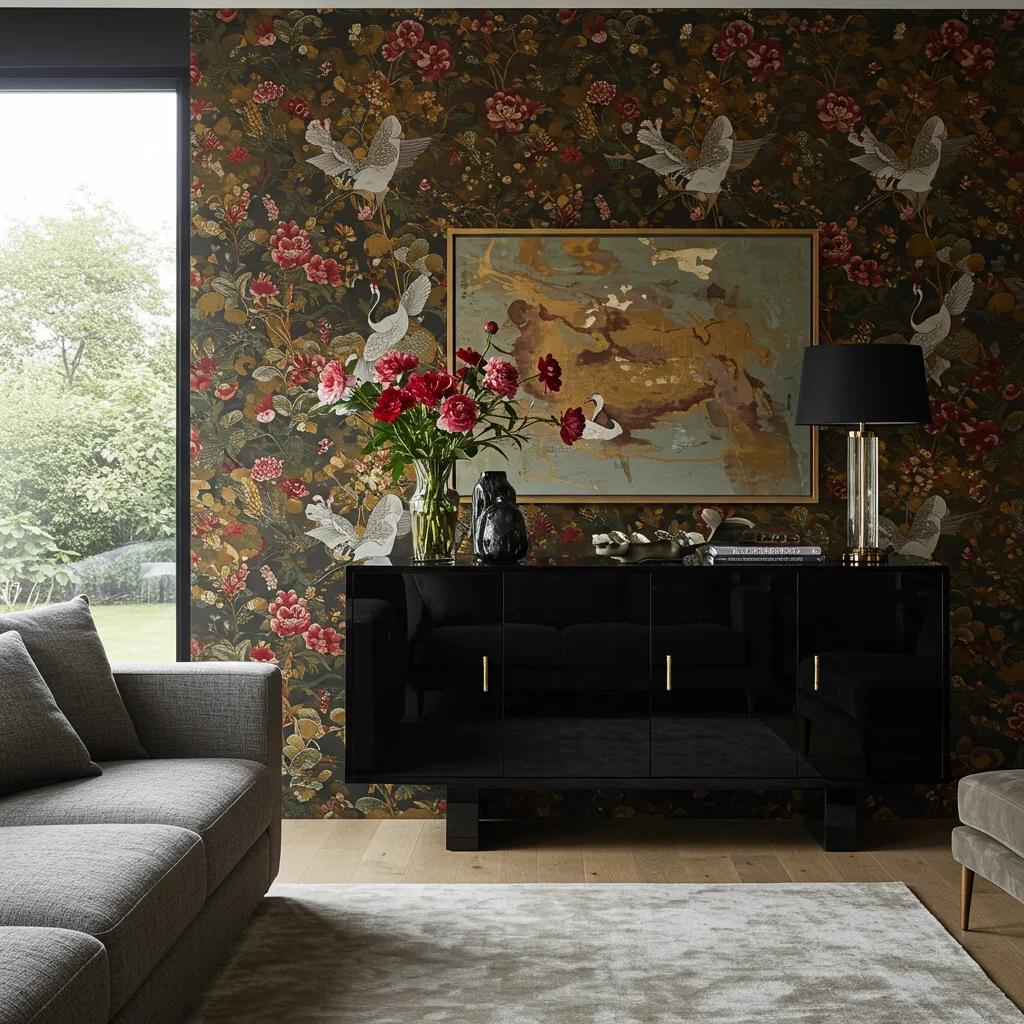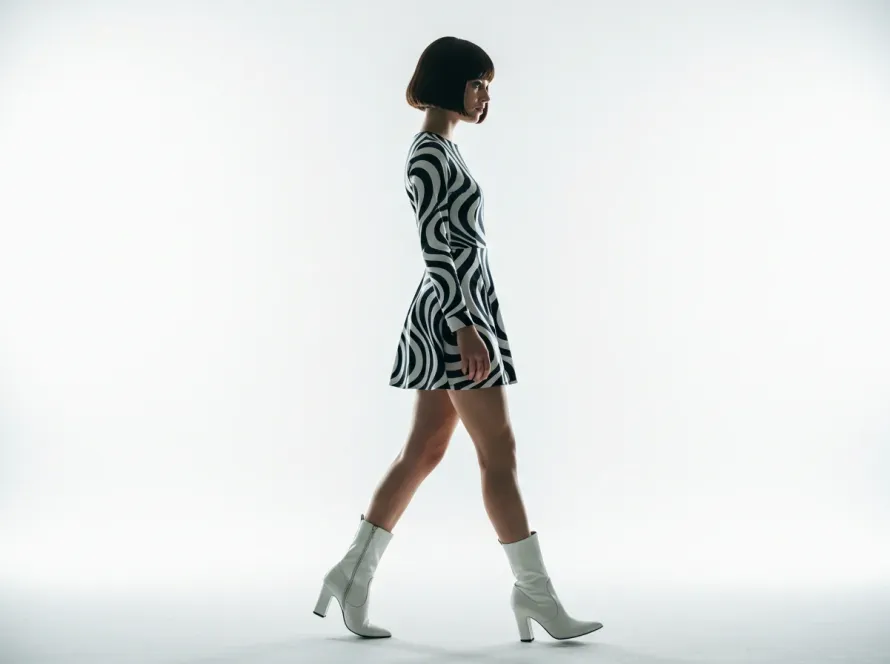Chinoiserie flourished during an era of expanding global trade. The establishment of the Dutch East India Company and increased imports of Chinese silk, lacquerware, and porcelain fueled European elites’ appetite for Eastern luxuries. While direct contact with Asia was limited, European artisans freely reinterpreted Asian motifs, creating fantastical scenes of imagined Chinese life. The style became synonymous with luxury and sophistication, adorning palaces like the Palace of Versailles and the Chinese Pavilion at Drottningholm, Sweden.

Key Elements of Chinoiserie Design
Chinoiserie is characterized by whimsical motifs such as pagodas, dragons, phoenixes, lotus flowers, and figures in flowing robes. Common materials included lacquered wood, blue-and-white porcelain, and hand-painted wallpaper. Designers like Jean-Baptiste Pillement popularized asymmetrical compositions and pastel palettes, blending Rococo flourishes with pseudo-Asian imagery. Notable examples include Meissen porcelain figurines and Thomas Chippendale’s “Chinese Chippendale” furniture, featuring latticework and fretwork.

Legacy and Modern Revival
Though Chinoiserie declined in the 19th century as Neoclassicism rose, it experienced revivals in the 1920s and again in the 1980s. Contemporary designers continue to reinterpret its motifs, blending them with minimalist or maximalist trends. Brands like Gucci and Versace have incorporated Chinoiserie elements into fashion, while wallpapers by brands de Gournay keep the tradition alive.

Conclusion
Chinoiserie remains a testament to cross-cultural imagination, reflecting both the allure of the unknown and the complexities of cultural appropriation. While rooted in colonial-era fantasies, its enduring appeal lies in its ability to merge diverse artistic traditions into something entirely new.

